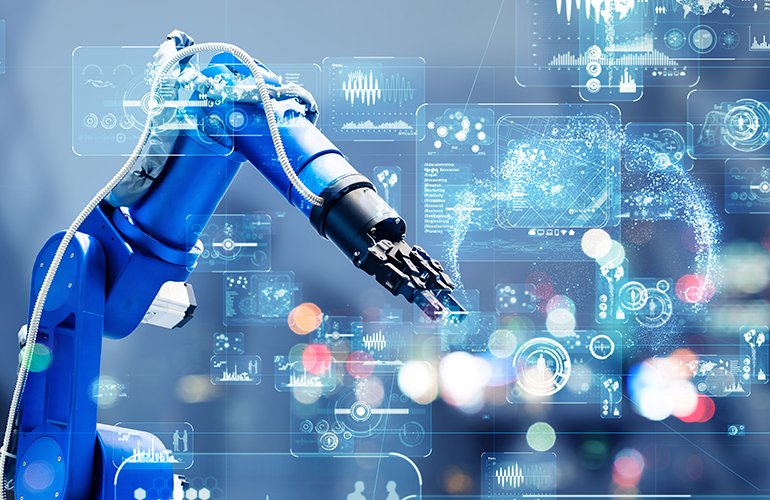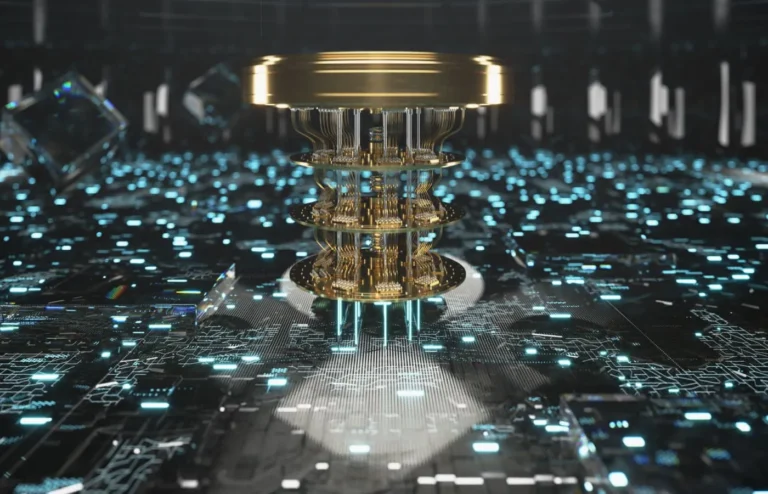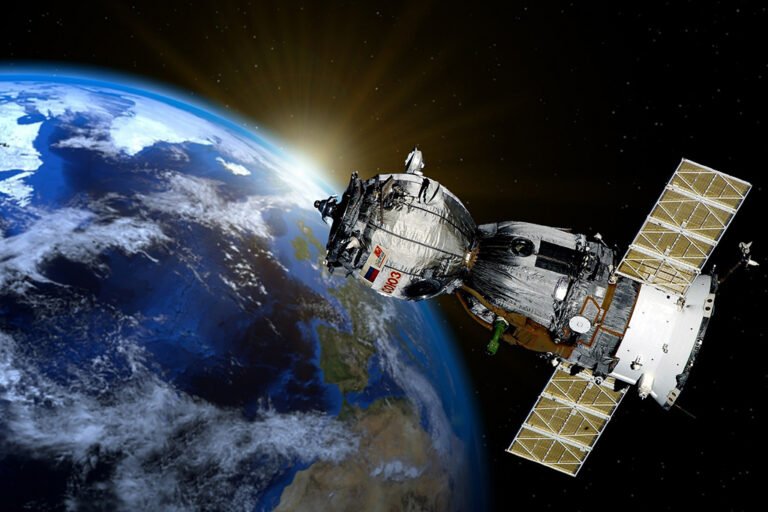How Automation and Robotics Are Revolutionizing Manufacturing

The integration of automation and robotics in manufacturing signifies a transformative shift in production dynamics. Enhanced productivity and reduced operational costs are frequently cited benefits. However, the implementation of these advanced technologies presents distinct challenges, including workforce adaptation and system integration. As industries navigate this transition, it raises questions about future trends and the potential for sustained growth. What strategies will emerge to address these challenges and capitalize on the opportunities ahead?
The Rise of Robotics in Manufacturing
As industries increasingly confront the demands of efficiency and precision, the rise of robotics in manufacturing has emerged as a transformative force.
Enhanced robot capabilities facilitate complex tasks, driving productivity while ensuring quality.
Successful workforce integration is crucial, as it enables human workers to collaborate effectively with machines, maximizing both human creativity and robotic efficiency.
Ultimately, this collaboration is reshaping the manufacturing landscape toward a more liberated operational paradigm.
See also: The Future of Space Exploration: Technology’s Role
Benefits of Automation in Production Processes
Although some industries may initially hesitate to adopt automation, the benefits it brings to production processes are compelling and well-documented.
Automation facilitates cost reduction through streamlined operations and minimized labor costs. Additionally, it enhances quality improvement by ensuring consistent output and reducing errors.
This dual advantage empowers manufacturers to increase competitiveness, ultimately providing them with greater freedom to innovate and expand in a rapidly evolving marketplace.
Challenges of Implementing Advanced Technologies
The shift towards automation and robotics in manufacturing, while advantageous, is not without its hurdles.
Cost constraints often limit small to medium enterprises from adopting these advanced technologies. Additionally, workforce adaptation poses a significant challenge, as employees must acquire new skills to work alongside automated systems.
This dual challenge can impede progress, making it essential for companies to strategize effectively to embrace innovation.
The Future of Manufacturing: Trends and Predictions
While many industries grapple with the integration of automation, the future of manufacturing is poised for transformative change driven by emerging technologies and shifting market demands.
The rise of smart factories, equipped with interconnected systems, and the implementation of digital twins for real-time simulations will enhance operational efficiency.
This evolution promises greater flexibility, reduced downtime, and ultimately, a more resilient manufacturing landscape.
Conclusion
In conclusion, the integration of automation and robotics in manufacturing is not merely a passing trend but a paradigm shift that is reshaping the industry landscape. As companies embrace these advanced technologies, they are positioned to reap significant benefits while navigating the complexities of implementation. However, organizations must adapt swiftly, as failing to do so could mean missing the boat in an increasingly competitive market. The future will undoubtedly favor those who leverage these innovations effectively to enhance productivity and sustainability.


